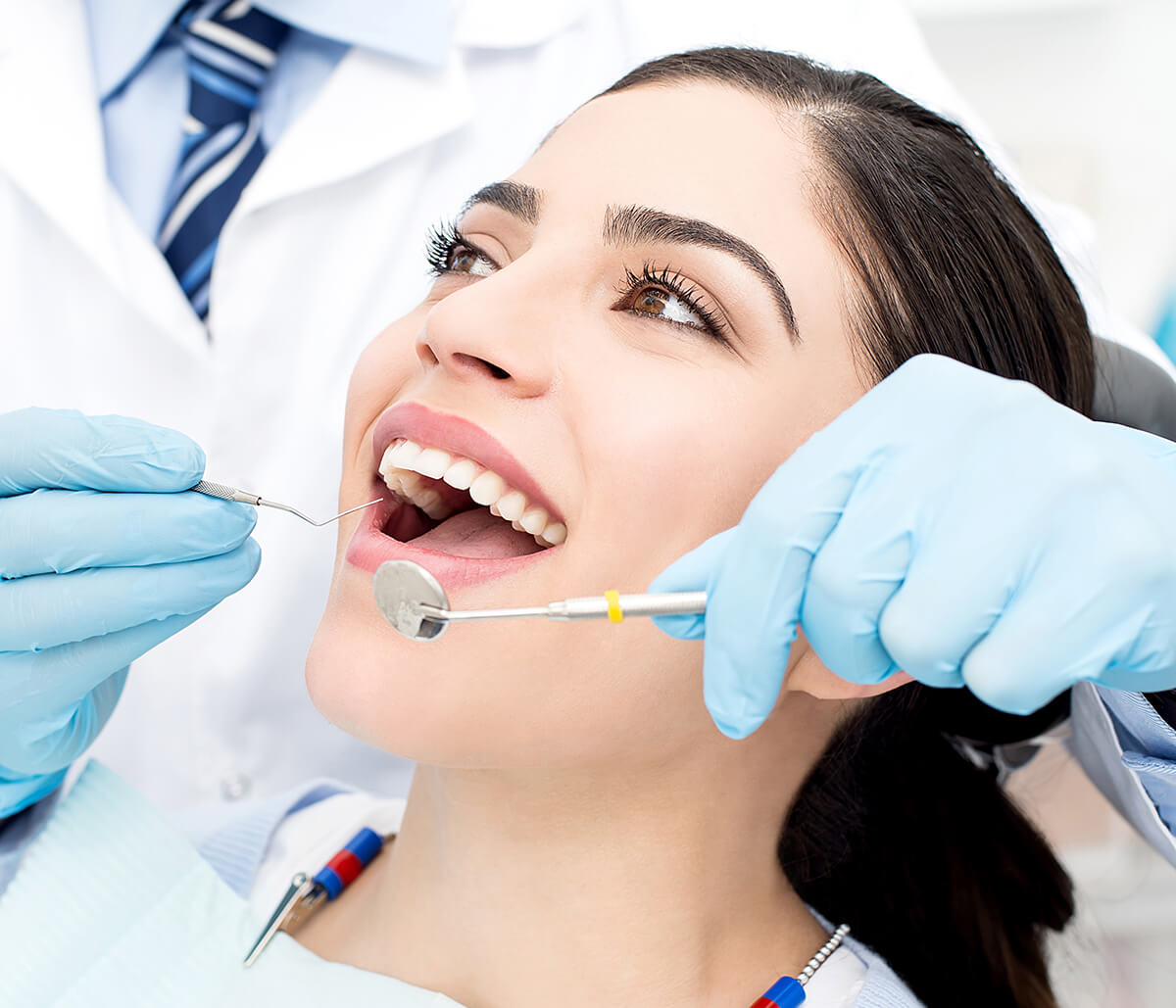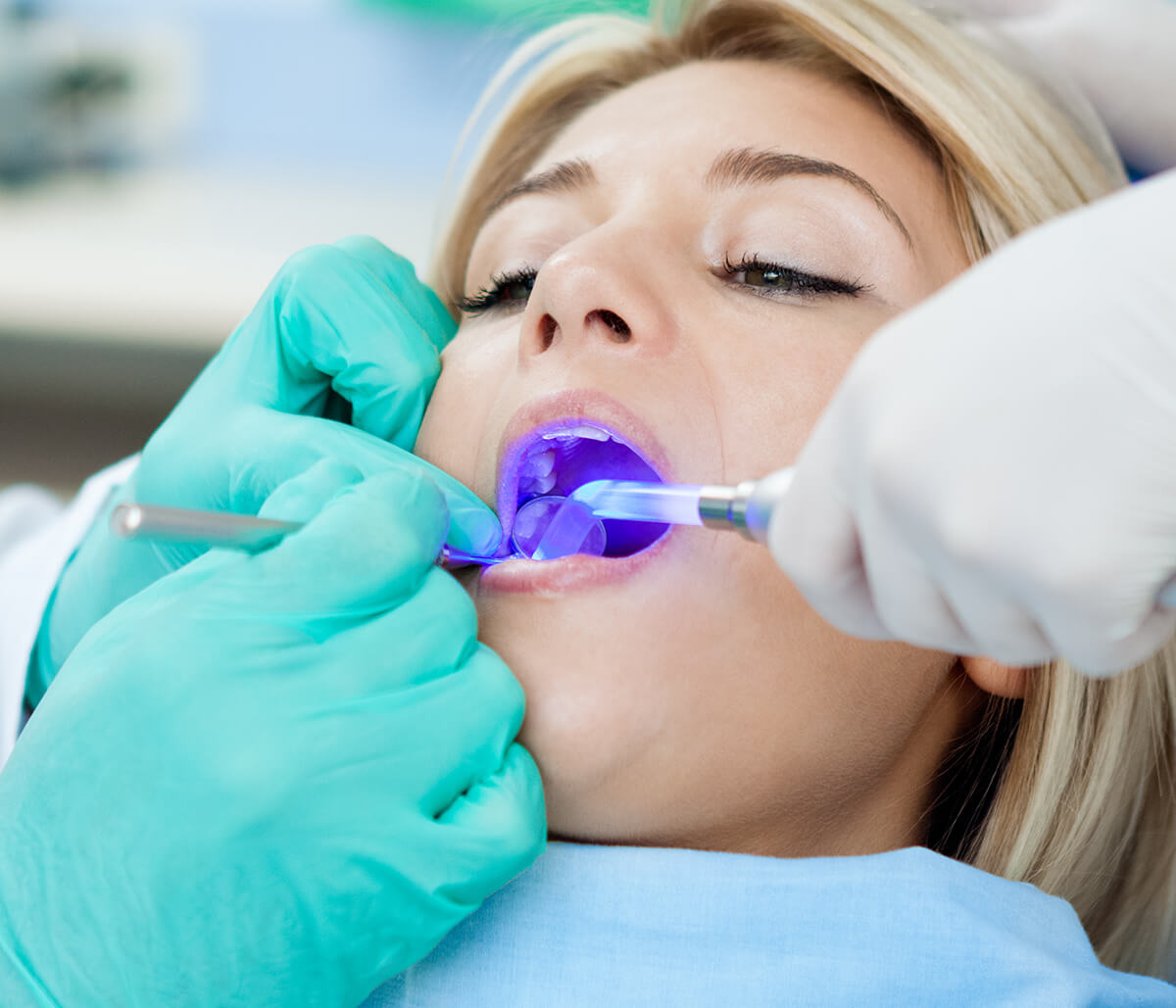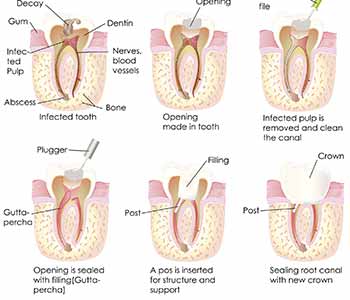Root canal therapy is a restorative procedure that has been used in general dentistry for many decades. Its purpose is to remove deep infection from the pulp chamber and roots of a tooth. The degree to which root canal therapy can achieve this has been questioned by many dentists and by dental organizations such as the International Academy of Oral Medicine and Toxicology. We understand the reasons for the contention regarding root canal therapy, especially when this procedure is performed in the traditional manner.
In addition to teeth, gums, and the root system that stabilizes teeth in the jawbone, there are various other structures that dentists should consider when providing care. At the roots of a tooth are numerous accessory canals called dentinal tubules. These canals are extremely small and quite expansive in length. The conventional method of treating infection in a tooth is to focus on the removal of infected pulp, which lies above the periodontal ligament. The procedure also seeks to sterilize the canals of the tooth after they have been emptied of nerves and vessels. Once sterilized, the canal is fully sealed to prevent further infection. In theory, this may sound logical. In practice, however, this method is severely lacking.
Traditional root canal therapy does not take into consideration the length of dentinal tubules nor the fact that bacteria can easily travel into these tiny spaces. The liquid “bleach” solution that is applied into the main canal simply cannot reach the areas where bacteria have travelled. What this means is that infection may be harbored beneath the surface of the sealed “treated” tooth.
Dr. Janet Stopka is a biological dentist whose commitment is to help her patients enjoy truly healthy smiles. Leaving any area untouched in root canal therapy is unacceptable due to the long-term effects untreated infection can have on the mouth and body. Root canal therapy is something performed selectively in our Burr Ridge dental office and only after the advantages, disadvantages, and alternatives to treatment have been discussed. Patients needing root canal therapy also benefit from the incorporation of ozone into this procedure.
Ozone in root canal therapy
With ozone therapy, the success of root canal treatment is significantly improved. Ozone is a naturally occurring element that is essentially oxygen “plus one”. When an additional atom is added to oxygen, the entire element becomes excited. When applied to human tissues, ozone creates an oxidative burst in abnormal cells, which have no protective barrier against this process. Healthy cells, on the other hand, are not disturbed by ozone. The benefits of ozone are significant and can be experienced with your Burr Ridge biological dentist.
Ozone is used in dentistry in gas form as well as liquid form. In root canal therapy, canals may be irrigated with ozonated water. Before sealing the canal, Dr. Stopka will also apply ozone gas into open canals. In gas form, ozone can permeate the expanse of dentinal tubules, destroying harmful bacteria in accessory canals. The patients who receive root canal therapy are carefully followed during recall visits.
Root canal therapy may be warranted in some instances. Dr. Stopka works with patients to treat teeth as conservatively as possible.
Receive dental care that considers the whole body. Call (630) 756-5844 for your visit with our friendly, experienced staff.

With over two decades of experience, Dr. Janet S. Stopka is a driven, passionate and renowned professional in the field of dentistry. Her ability to provide patient-centered care and insistence on healthy biological dentistry has created an environment of trust and comfort amongst herself and her patients.
Whilst being a patient-oriented expert, she is also a strong advocate of mercury safe dentistry and invests in the latest technological equipment to assist and reduce risk during complicated dental procedures.
She is also a progressive and keen member of the IAOMT (International Academy of Oral Medicine and Toxicology).



















